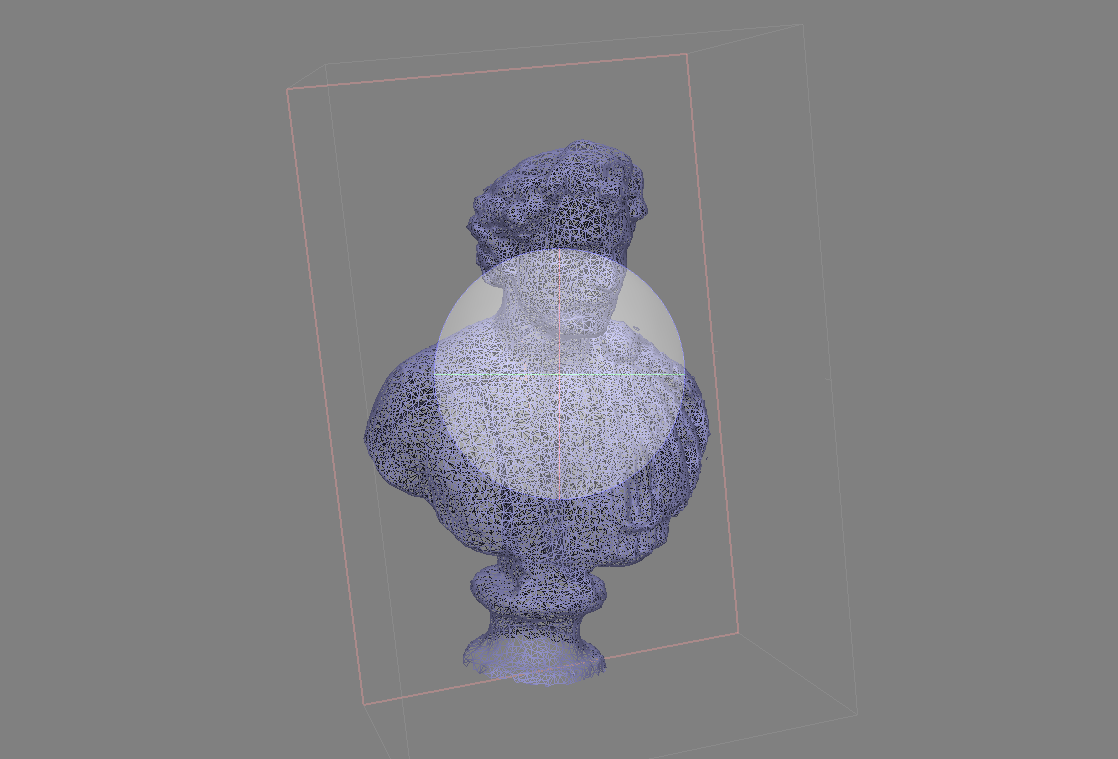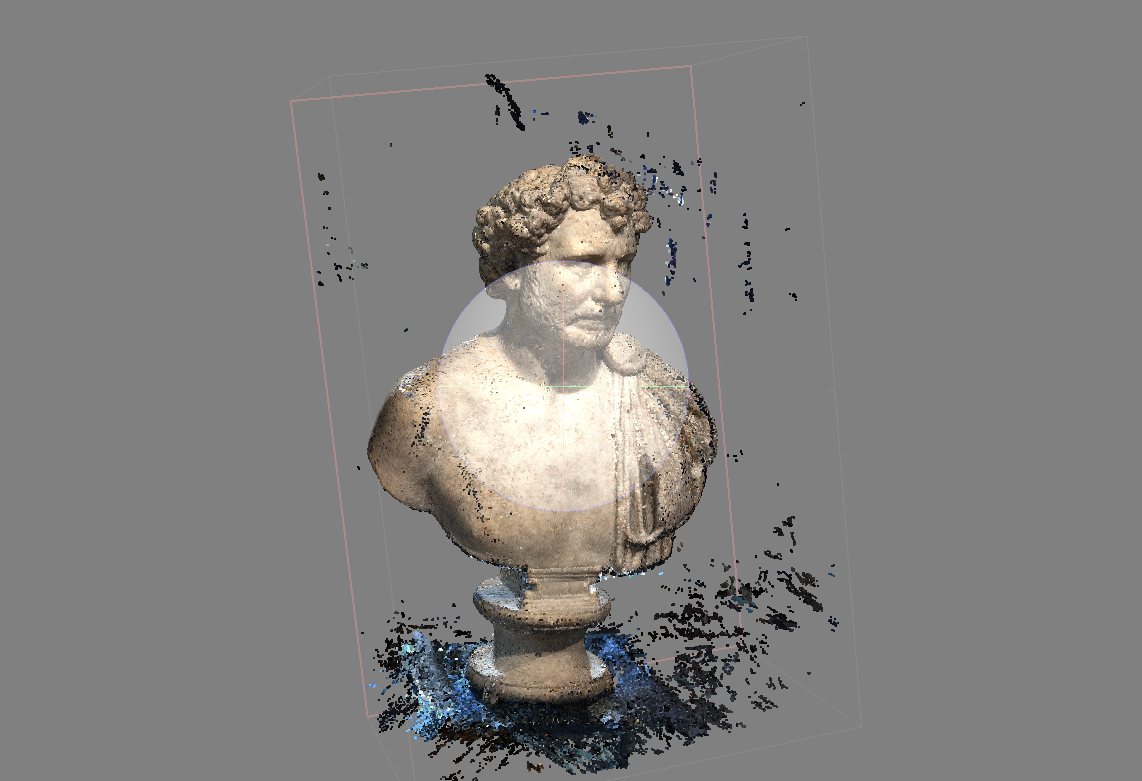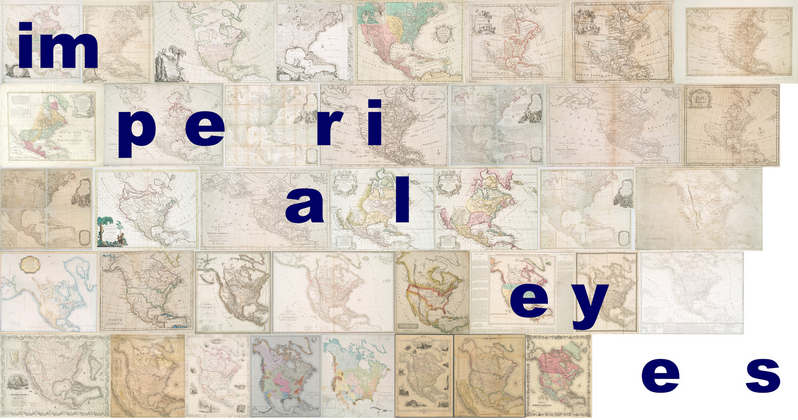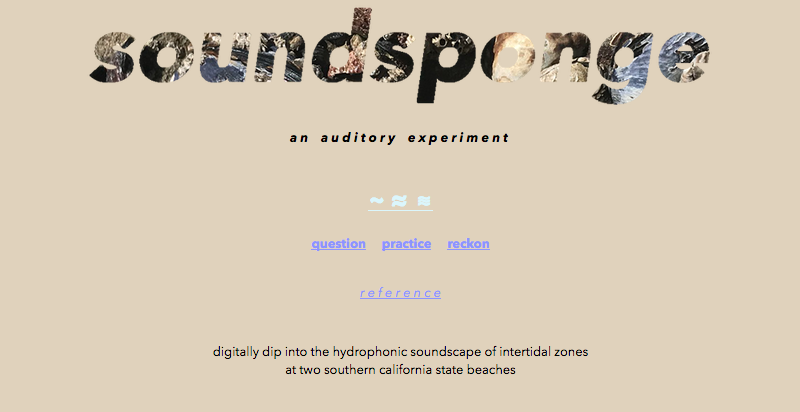Multimedia Projects and Digital Humanities Materials
Contents
- Bust of a Man Wearing a Military Clock : Photogrammetric Art History
- The Tiber Project : Modeling Livy’s River
- Imperial Eyes : A Digital Humanities Project Narrative
- soundsponge : A Digital Humanities Capstone Project
- How We Live Now : A Digital Storytelling Experiment
Bust of a Man Wearing a Military Clock : Photogrammetric Art History


The above documentation portrays part of my process in creating a photogrammetric 3D object. For Professor Christopher Johanson’s Computing and Classics, I elected to digitally reconstruct a Roman marble bust from AD 140-160. I captured over 150 images at the Getty Villa using my iPhone 7 Plus and then ingested them into PhotoScan. After the object was slowly constructed over six stages, it was imported alongside those of my fellow three classmates into RomeLab as an experimental monument. To see an additional monument that was part of this project, take a look at lauren molina’s “L object” visible here.
The Tiber Project : Modeling Livy’s River
A collaboration with lauren molina, the Tiber Project was also created for Professor Christopher Johanson’s Computing and Classics. In this digital humanities seminar, we experimented with different ways to read Livy’s Ab Urbe Condita through close reading, distant reading, geographical visualization, language processing toolkits, photogrammetry, and 3D modeling. For our final project, we elected to merge distance reading with close reading and a 3D modeled interpretation of the Tiber River to tell a deeper story about the role of this water in the life of early Romans. Since digital tools are imperfect, the project is, unfortunately, only visible through an exported .mp4 file. Though this surrogate captures the essence of our experiment, it fails to serve as a full representation of the narrative.
Our approach to the project can be best summarized by the following text, written by lauren molina:
“The history of Rome as recorded by Livy in Ab Urbe Condita, could not have been written without mentioning the Tiber and its island. The river Tiber acted as (and continues to be) a main artery for water bound traffic in Italy; the small land mass towards one of the Tiber’s southwesterly bends, nearest Rome, also makes significant contribution to the stories of the Roman empire in ways which beg for closer examination. By recording its regular floodings, making note of the island & river as fortress and boundaries, Livy placed little emphasis on the larger ways in which the Tiber influenced how Romans positioned themselves and their city.
Using digital tools like Recogito to discover instances of the Tiber’s mention, we have prioritized its existence in Livy’s Ab. SketchUp offers a place for our digital project to be visualised to offer a depth and meaning of the Tiber in relationship to this classics text.”
Imperial Eyes : A Digital Humanities Project Narrative
A full-text PDF of our project summary can be viewed and downloaded here.

“Imperial Eyes” is a digital humanities project that was conceived of and created during Professor Johanna Drucker’s Digital Methods for Research and Scholarship. The aim of the assignment was to scale a full-fledged digital humanities project using data that was either downloaded through an API or publicly accessible repository, scraped from the web, or gathered and modeled directly by the project creators. The above document is a final summary that details our approach, methods, and possible future plans for this experiment.
“Imperial Eyes” was a co-creation between myself and Asa Wilder.
soundsponge : A Digital Humanities Capstone Project

With soundsponge, you can digitally dip into the hydrophonic soundscape of intertidal zones at two southern california state beaches.
How We Live Now : A Digital Storytelling Experiment
A full-text PDF of the video’s script can be viewed and downloaded here.
“How We Live Now” is the result of a quarter’s long exploration into the infrastructure of the San Gorgonio Wind Farm, between Los Angeles and Palm Springs in the California desert. Created for Professor Miriam Posner’s Systems and Infrastructures alongside mutliple research essays that attempted to tease apart the intricacies of a system with questionable ends, the above video looks at the rise of non-fossil fuel energy sources, questions of private vs. public space, and the role greenwashing plays in local energy consumption.